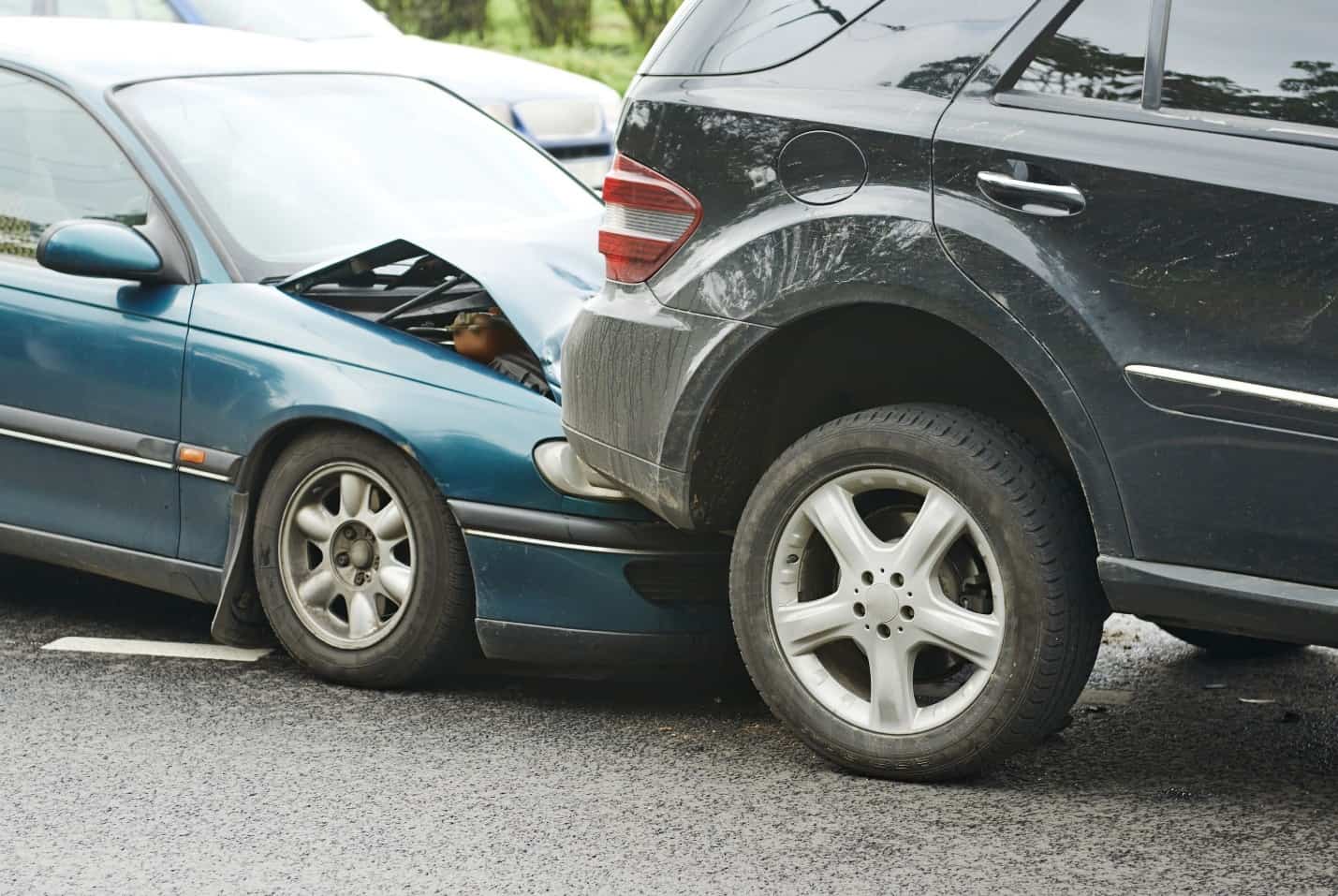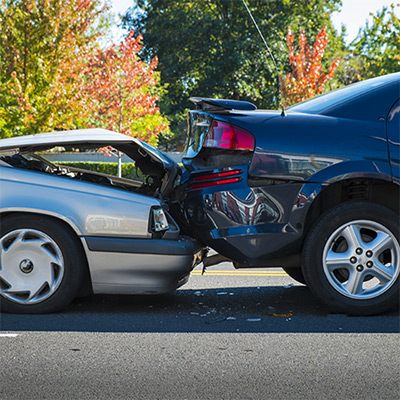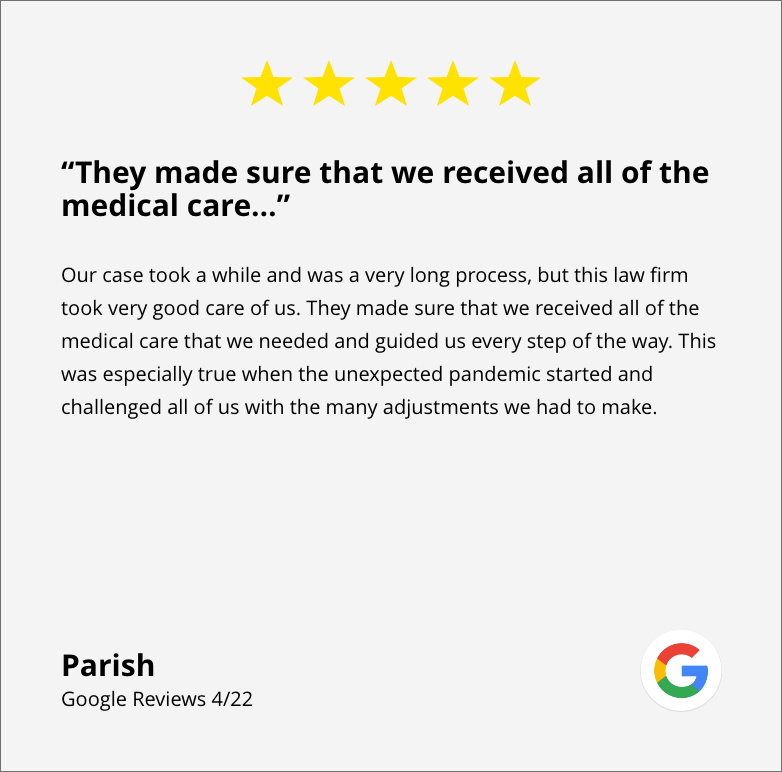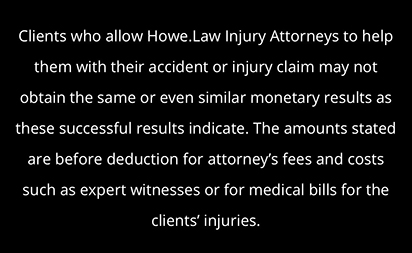
When individuals think about the consequences of an auto accident, physical injuries often come to mind first. However, the implications of an accident extend beyond visible wounds, including emotional trauma. The sudden emergency doctrine may apply in cases where the auto accident occurred unexpectedly, often requiring comprehensive legal and medical attention.
Understanding these impacts is crucial for recovery, and having experienced legal support like Howe Law can help you navigate the complexities and secure the compensation you deserve with the assistance of skilled personal injury attorneys.
Defining the Sudden Emergency Doctrine
The Sudden Emergency Doctrine is a legal principle that provides a defense for individuals who are faced with an unexpected emergency requiring quick decisions. This doctrine acknowledges that individuals may not act with the same level of deliberation when they are under the pressure of an imminent danger, shaping how legal systems assess the decisions made in those critical moments.
This doctrine is particularly relevant in various fields, including tort law, where actions that may ordinarily be deemed negligent could be excused if they occur in the context of an unexpected emergency or an unavoidable accident. By understanding this principle, individuals involved in auto accidents and legal disputes can better navigate responsibility and liability complexities with the help of personal injury attorneys.
Moreover, the doctrine balances the scales of justice, ensuring that those who act instinctively to protect themselves or others in dire situations are not unduly penalized for decisions made under duress.
Origin and Legal Basis of the Doctrine
The Sudden Emergency Doctrine’s origins can be traced back to early common law when courts recognized the necessity of distinguishing between ordinary negligence and actions taken in response to a sudden threat.
This legal framework acknowledges human instincts and individuals’ psychological pressures in emergencies. The doctrine has evolved over time through various case law precedents, reinforcing its relevance in contemporary legal discussions.
The doctrine operates on the premise that reasonable care must be assessed according to the situation at hand. If a person is confronted with an unexpected emergency that is not self-created and reacts like a reasonable person would under similar circumstances, they may not be held liable for any resultant damages. This principle protects individuals from legal repercussions and encourages a sense of responsibility and quick thinking in critical situations, as the law recognizes the inherent unpredictability of life.
Key Elements of the Sudden Emergency Doctrine
Several key elements define the Sudden Emergency Doctrine and its application in legal contexts:
- Existence of an Emergency: A sudden, unexpected emergency or unavoidable accident must pose an imminent danger.
- Reasonable Reaction: The individual’s response must be judged against what a reasonable person would do in that context.
- Non-Causation: The emergency must not have been created by the individual’s own negligent actions.
- Immediate Action: The decision made by the individual must be taken without time for deliberation.
These elements collectively contribute to determining the applicability of the doctrine and are critical when evaluating cases where sudden emergencies played a role in the actions of the parties involved.
Furthermore, the interpretation of these elements can vary significantly across jurisdictions, leading to differing outcomes in similar cases. Legal professionals and personal injury attorneys must therefore be well-versed in local laws and precedents to effectively argue the applicability of the Sudden Emergency Doctrine in court, ensuring that justice is served while acknowledging the complexities of human behavior in crisis situations.
Application of the Sudden Emergency Doctrine

The Sudden Emergency Doctrine finds its relevance in various legal contexts, particularly in personal injury claims and automobile accidents. Understanding its application can provide deeper insight into how legal responsibility is interpreted in emergencies.
Role in Personal Injury Cases
In personal injury cases, the Sudden Emergency Doctrine can serve as a defense to potential negligence claims. For instance, if a driver swerves to avoid an imminent danger, such as an unexpected obstacle in the road, their actions may be scrutinized for negligence.
However, if it is determined that a reasonable person would have acted similarly under the stress of an unexpected emergency or unavoidable accident, the driver may not be held liable. This doctrine allows courts to consider extenuating circumstances when evaluating cases, reinforcing a nuanced approach to culpability.
Consequently, it plays a strategic role in cases where defendants must demonstrate that their actions, though causing harm, were justifiable given the emergency they faced.
The doctrine acknowledges that individuals may not have the luxury of time to deliberate on their choices when confronted with sudden dangers, thereby providing a layer of protection for those who act instinctively to avert greater harm.
Moreover, the application of the Sudden Emergency Doctrine can also influence jury perceptions. Jurors may empathize with defendants who faced split-second decisions, leading to a more favorable assessment of their actions. This emotional aspect can significantly impact the outcomes of trials, as jurors often relate to the instinctual human response to danger, which can sway their judgment in favor of the defendant.
The Role of Speed Limits, Medical Conditions, and Auto Accidents in Sudden Emergency Cases
Speed limits play a crucial role in the assessment of sudden emergency cases. If a driver involved in an auto accident was speeding at the time of the incident, they may not be able to invoke the Sudden Emergency Doctrine as a defense.
- Speed limits are set to ensure the safety of all road users, and exceeding them can create dangerous situations where reaction times are significantly reduced.
- If an auto accident occurs due to excessive speed, it may be argued that the emergency was self-created, negating the applicability of the Sudden Emergency Doctrine.
- Conversely, if a driver was adhering to speed limits and faced an unexpected emergency, their reaction may be deemed reasonable, strengthening their defense.
Similarly, medical conditions can sometimes play a role in sudden emergency cases. If a driver suffers an unexpected emergency such as a heart attack or seizure while operating a vehicle, the Sudden Emergency Doctrine may be used as a defense.
- Courts often consider whether the driver had prior knowledge of their medical condition before determining liability.
- If the medical episode was truly unforeseen and unavoidable, the doctrine may provide legal protection.
- However, if the driver failed to take necessary precautions, such as taking prescribed medication or following doctor’s orders, they may still be found liable.
Courts often analyze speed-related factors, imminent danger, and medical conditions when determining liability in automobile accidents. In some cases, black box data from vehicles, traffic camera footage, and expert testimony are used to establish whether speed limits were adhered to or if a medical emergency was a factor at the time of the incident.
Conclusion
Understanding the Sudden Emergency Doctrine requires a multifaceted exploration of its principles, applications, and implications, particularly when addressing an emergency situation that demands immediate action and decision-making. This doctrine serves a pivotal role in balancing individual accountability against the realities of human behavior in emergencies.
As both legal precedents and societal expectations evolve, continued dialogue and reflection on the doctrine’s applications will be essential to ensure fairness in the legal system.
For personalized legal support, contact Howe Law today. Call now for a free consultation at 888-559-7612, available 24 hours a day, 7 days a week.
Related Articles


























































